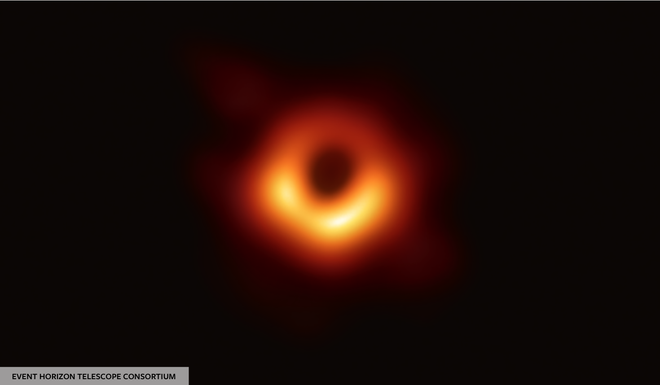What if we decided to take the next step: visit, or even enter a black hole? If you are determined to jump straight into the center of the black hole, you won’t regret it.
Our knowledge of black holes has improved considerably in recent times, with landmark work such as the image of the supermassive Messier 87 black hole and the recent discovery of a supermassive black hole, 3 times the sun in full in our galaxy. What if we decided to take the next step: visit, or even enter a black hole?
First, to survive long enough to explore a black hole, you have to find a very large one, says Janna Levin, professor of astronomy at the Barnard School at Columbia University. Black holes are formed when matter is compacted into a very small space, such as when a star is so large that gravity is so strong that the star compresses its own mass, creating a point in space where there is a gravitational pull. . The surrounding area attracts everything that passes, also known as the event horizon.
As matter becomes more and more sucked into the singularity at the center of the black hole, the event horizon widens. If you accidentally jumped into a small black hole, say 100 miles in diameter, you would be very close to the point of infinite gravity. The change in gravity before you even cross the event horizon is so great that you will slowly be stretched out in fear, a terrifying process known as spaghettification.
Instead, you should aim for a giant black hole, like the galaxy’s M87 black hole, 3 million times the diameter of Earth. When you cross the event horizon, you are 12 billion kilometers from the Singularity. You will just pass, a long time. You could spend a whole year before being completely destroyed by the center of the black hole.
In addition, you have to avoid black holes with accretion disks. About 1% of supermassive black holes form very rapidly spinning discs of matter, which can have temperatures of up to millions of degrees and produce the largest measurable magnetic fields. Magnetic fields of this magnitude are often able to shut down your nervous system and split molecules in your body into many microscopic fibers until you disintegrate.
If so, how do scientists study black holes?
The image above is the product of the Event Horizon Telescope, the result of a collaboration between more than 200 researchers around the world. They used a technique called basic interferometry, in which eight radio observatories around the world synchronize and create an Earth-sized radio telescope, powerful enough to make observations with high precision.
The team also recently released new images showing the speed at which the M87 black hole engulfs surrounding objects and shows a spider web-like magnetic field structure circling the black hole and creating giant waves of matter. . .
If you still want to explore, you can probe the black hole’s “ergosphere” region. It is the region beyond the event horizon where space rotates with the black hole. It is hypothesized that there could be entire solar systems in this region. If you get stuck here, you still have a way out: by throwing a small meteor into the black hole, you can use this torque to “pull” yourself to safety.
If you are determined to jump straight into the center of the black hole, you won’t regret it. As you approach the black hole, you will see that the light of the entire universe appears to be distorted by the enormous gravity of the black hole. It’s like walking in a mirror house. Starlight will drift in the sky, you can see an object leave a lot of afterimages because the black hole bends the light reflected from the object. But the fireworks did not stop there. The interior of a black hole is not at all black. It was a one-way door to a dimension that contained eras of light locked within. You will see the entire history of a black hole since its formation in an instant.
Time will also slow down due to the infinite gravity of the black hole. From the outside looking in, your movement is so slow that it seems like you are frozen on the event horizon, even though you have already reached the center of the black hole. From your perspective, the universe seems to be speeding up. If you look back as you walk towards the center of the black hole, you can see it as if you were watching a movie about the entire universe, just before you die.
There is always a possibility that there is a way out, but it is entirely within the realm of theoretical physics. A black hole can also be a wormhole, taking you to another part of the universe – to a state where the body has disintegrated into many elementary particles. All you can expect is the possibility that the quantum data about you will be preserved as it passes through the black hole, and the existence of some sort of “soul” that is patient enough to spend an infinite amount of time. to be reassembled.



